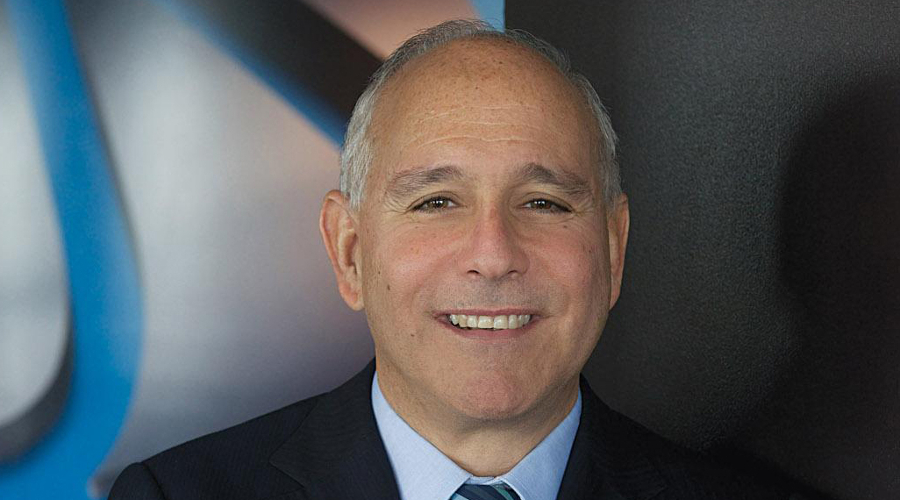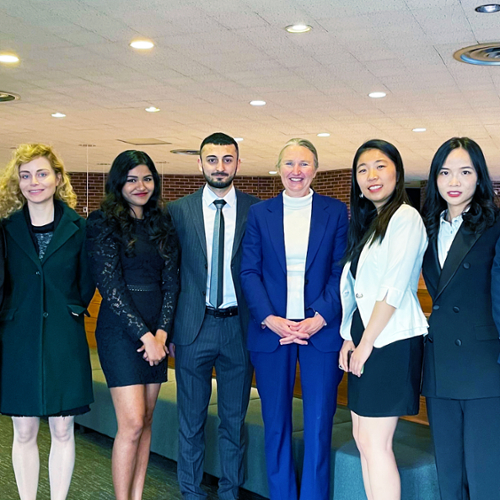When it comes to financial technology, or FinTech, Mitch Caplan ’79 got in on the ground floor.
In fact, Caplan can trace his start in the now-burgeoning FinTech industry back to a basement office in Arlington, Virginia more than 30 years ago.
Caplan, the former CEO of E*Trade, is a founding innovator in the world of financial and regulatory technology. On Sept. 24, he shared his story with Prof.
Debarshi Nandy, the Barbara and Richard M. Rosenberg Professor of Global Finance, during the first installment of this year’s
Trends in Asset Management virtual event series.
In the wake of the Savings and Loan crisis of the 1980s, Caplan and a partner bought a small bank in the Washington, D.C. area and transformed it into Telebanc Financial Corporation, which was widely considered a pioneer in online banking before its eventual acquisition by E*Trade.
What was at the root of the company’s innovative approach? As Caplan tells it, it wasn’t exactly a dramatic founding vision to transform banking through technology, but rather a practical strategy to solve a regulatory problem.
After acquiring the bank, Caplan and his partner initially focused on managing its assets, which included two branches. Banking regulators soon stepped in, however, telling them they couldn’t run a bank without deposits. Taking inspiration from money market funds — remote operations without brick-and-mortar branches — the duo soon set out to start one of the first branchless banks in the United States.
At first Telebanc’s deposits were handled by mail and telephone out of a warehouse-sized office, before eventually shifting online. Caplan said the space was a far cry from the “branches and tellers and lollipops” that people expected a bank to look like.
“I remember my mother coming to visit and saying, ‘If you didn't have enough money to finish the space, maybe somebody could help you,’” said Caplan.
Because the company’s overhead costs were so much lower than traditional banks, Caplan said they could offer higher interest rates on their accounts. That was the hook.
“Would you rather have (a better) rate or real estate?” said Caplan. “People were making that decision for themselves and their savings account.”
In the 1990s Telebanc’s assets grew from $50 million to $5 billion, paving the way for its acquisition by E*Trade in 2000 for $1.8 billion.
“Everyone views it an overnight success,” said Caplan. “But it was actually eight years of hard work and then an overnight success.”
As an executive after the merger, Caplan helped navigate E*Trade through the dot-com bubble burst. He took over as CEO in 2003. Today, Caplan is the president of Tarsadia Investments.
Looking ahead, Caplan thinks the pace of FinTech innovation will accelerate in the aftermath of the COVID-19 pandemic.
“This is probably one of the most exciting times we've seen for a decade or more,” said Caplan. “And one in which, if you really think creatively and you're persistent, there’s real opportunity.”




